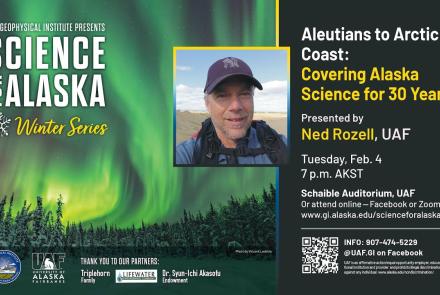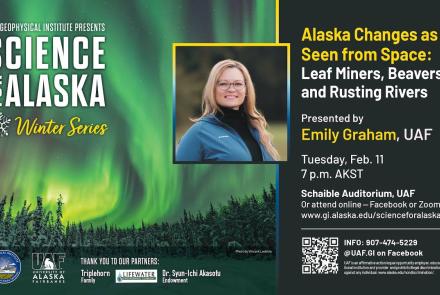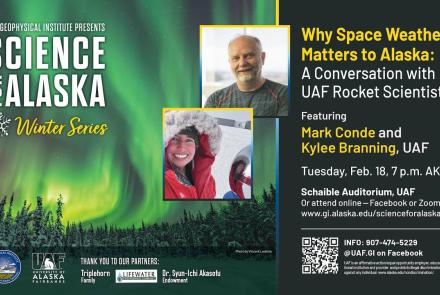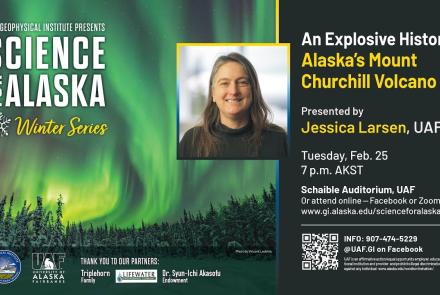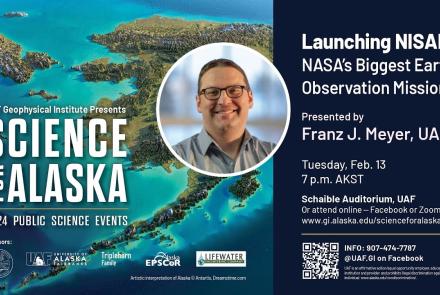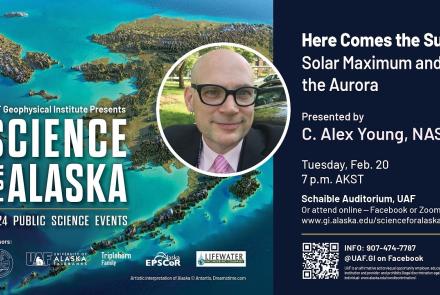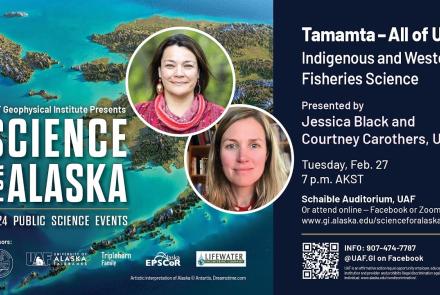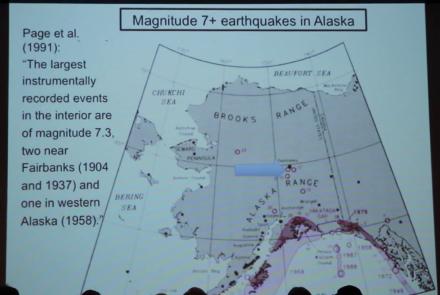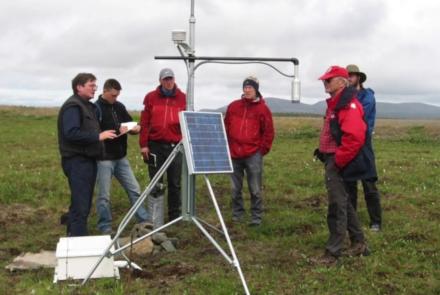Storms at the edge of space
(The 2019 lectures will be held at the Raven Landing Center, 1222 Cowles Street, across from the Noel Wein Public Library.)

Professor of Physics
UAF-GI
In February 2009, communications satellite Iridium 33 collided at 26,000 mph with a defunct Soviet military spacecraft 500 miles above Siberia. The impact destroyed both and encircled the globe with debris. While a close encounter had been predicted, the risk of an actual collision was considered insignificant. Calculating such risks is difficult, because satellites fly through the outer wisps of Earth's atmosphere and are buffeted unpredictably by its prevailing weather. At the edge of space, our atmosphere is unprotected from solar eruptions, especially at polar latitudes, where even the magnetic field offers little shelter. Space storms here are common, and Alaskans would recognize the sure indicator that one is in progress: a spectacular auroral display. The Geophysical Institute is a world leader in studying these storms, using state of the art instruments distributed across Alaska. I will describe how we conduct these studies, what we have learned about these storms, and how they relate to the beautiful auroral displays that reveal them to us.

